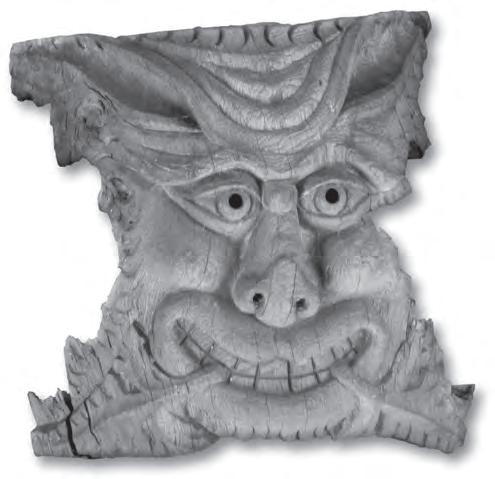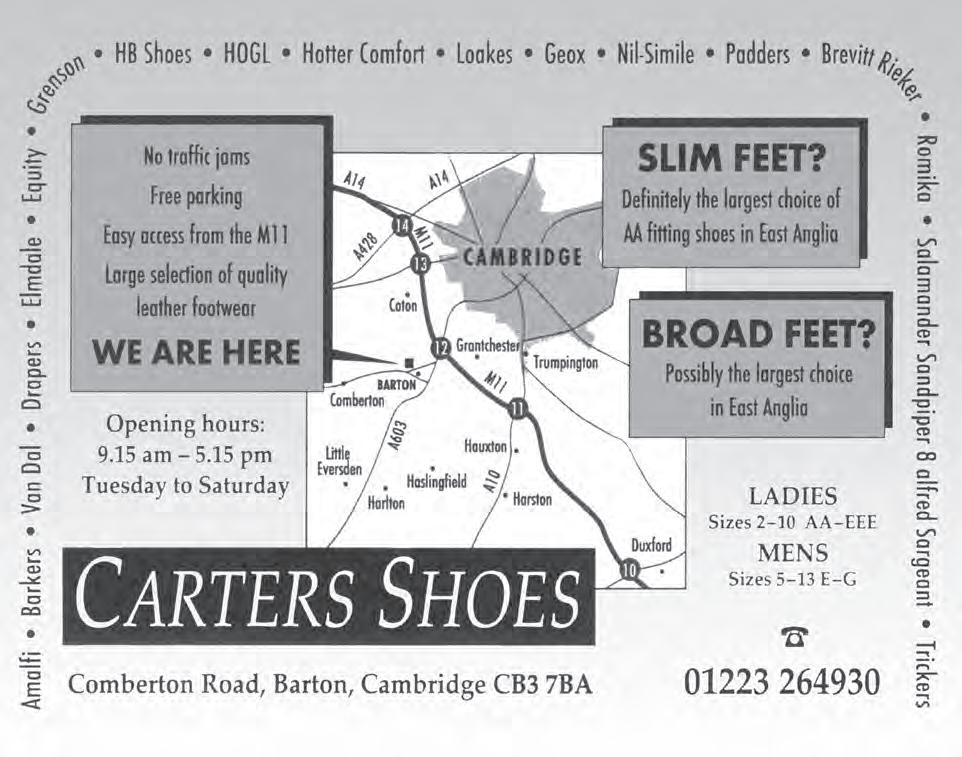
3 minute read
feature
Culture Corner The Times of 8th March 1904 reported a crowded meeting at the Albert Hall, London, at which Sir George Smith said ‘History showed that the periods of reform and revival synchronized with the increase of attention to The Word of God.’
Under King Alfred in the 9th Century this country became civilized through his reforms based upon the Bible, which the King himself helped to translate into Anglo-Saxon with The Venerable Bede.
Advertisement
In the time of Queen Elizabeth I, who promoted publication of the Bible, England first became a world power in the 16th century, transformed by the Reformation.
Then under Queen Victoria, the 19th century saw great prosperity, and the Queen told an enquiring Foreign Prince that the secret of England’s greatness was her adherence to the Bible.
The Word of God from David Burbridge Our Creator is holy in all His works. He is nigh unto all those who call upon Him in truth. He will hear their cry and save them, but all the wicked will he destroy. Psalm 145 v 17 – 20
The parable of the NHS
There was once a boat race between a Japanese crew and a NHS team. Both practiced long and hard to reach their peak performance but on the big day the Japanese won by two hundred and fifty boat lengths.
The NHS team became discouraged and morale sagged. Senior managers decided the reason for the crushing defeat must be found and set up a working party to investigate the problem and recommend action.
That concluded that the Japanese had eight people rowing and one person steering while the NHS team had eight steering to one rowing. It immediately hired a consultancy to look at the teams structure. Millions of pounds and several months later the consultants reported that too many people were steering and not enough people were rowing.
To avoid losing again the team structure was changed to give three assistant steering managers, three steering managers, one executive steering manager and a director of steering services. A performance and appraisal was also set up, to give the person rowing the boat more incentive to work harder.
The Japanese were challenged to another race and this time won by five hundred boat lengths. NHS managers responded by laying off the rower for poor performance, selling the oar and cancelling orders for a new boat. The money saved was used to finance higher-than-average pay awards for the steering group.
The Green Man
The discovery of a carving of a Green Man in All Saints’ Parish Church in Melbourn is very exciting. Who carved it and why? The incidence of secular carvings in Christian buildings is in fact quite common – there are Green Men in around 15 churches in Cambridgeshire alone. He is represented as a head with foliage emerging from the mouth, sometimes also from the eyes, while occasionally the entire head is foliate. Sometimes he is not very obvious, as in our example, but in other cases he is very prominent. In the Chapter House of Southwell Minster, where the clergy meet, there are more than a dozen, while in Roslin Chapel (of Da Vinci Code fame), a Templar Church south of Edinburgh, there are more than a hundred. Green Men, together with other secular themes, are often found carved under misericords, the tip up seats found in the chancels of many cathedrals and churches, on which the priests propped themselves upright during the very long services. Many practices and images of the Christian church have their origins in pagan rituals – while churches are often built on earlier pre-Christian sites of religious significance. The Celtic cultures of pre-Christian Europe were carving foliate heads from stone as early as 400BC. The Green Man is found all over the world, and is known as Osiris, Dionysius, Odin, Herne the Hunter (or Cerunnos the antlered god), the Green Knight, John Barleycorn, Robin Hood, Jack in the Green and other symbolic characters, some of which are found in the old festivals still celebrated on occasion in the British Isles. The image of the Green Man would be carried through the world by storytellers, merchants, soldiers and other travellers such as the masons, carpenters and woodcarvers who travelled throughout Europe when the great cathedrals and churches were being built. The message of the Green Man image is universal – that Life springs out of Death – or, that there is Life after Death. Ed.












